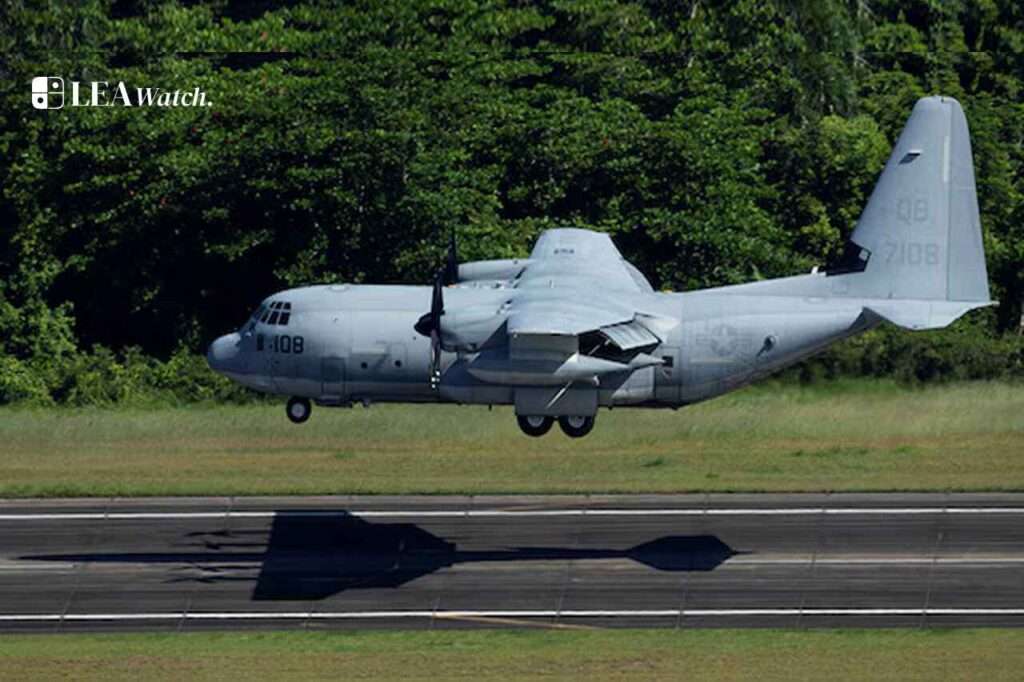The United States has ramped up its presence in Bangladesh that raises concerns about Washington’s motives and implications for India’s security. A US C-130J Super Hercules landed in Chittagong, near India’s northeast and Myanmar. This has occurred just after three major joint exercises in less than 60 days including Tiger Lightning (counterterror and jungle ops), Tiger Shark (special forces with US devices), and Pacific Angel 253 (air forces of Bangladesh and Sri Lanka and the US). To further spark suspicions, a US special forces soldier was recently found dead in Dhaka, under mysterious circumstances.
All of this is going on in light of the ongoing political instability in Bangladesh. Bangladesh’s former Prime Minister Sheikh Hasina fled following mass protests from students in July 2024 and was followed by Muhammad Yunus, a Nobel Prize winner which has been seen as pro-American. However, his rise has soured India–Bangladesh relations and opened doors for US and Chinese influence. The US is looking to gain access through Chittagong to Myanmar’s conflict zones and using aid corridors to cover up for strategic accesses. At the same time, China is continuing to make strides with the Teesta River project, pushing defense deals (J-10 jets), and furthering development of ports to extend its influence in the Indian Ocean.
This has created a dual challenge for India to navigate deepening ties with Dhaka while countering US and Chinese interests in its timelines.

